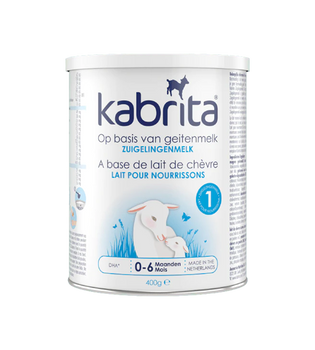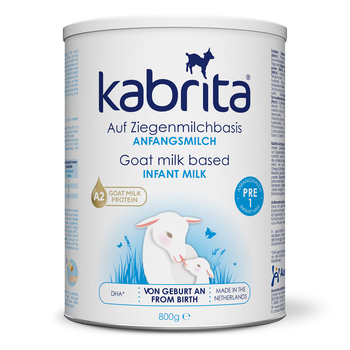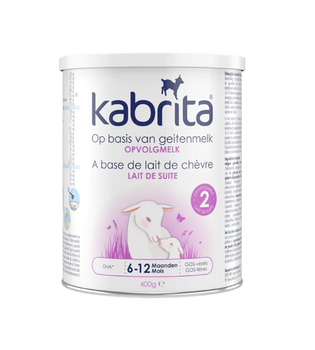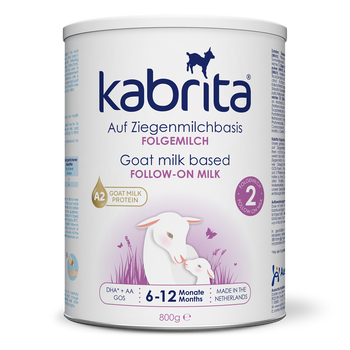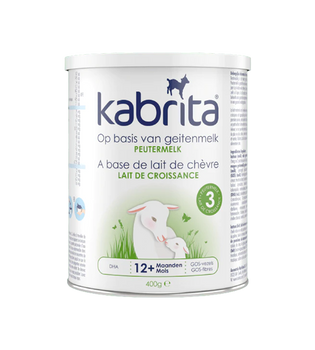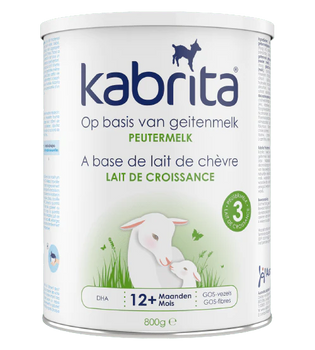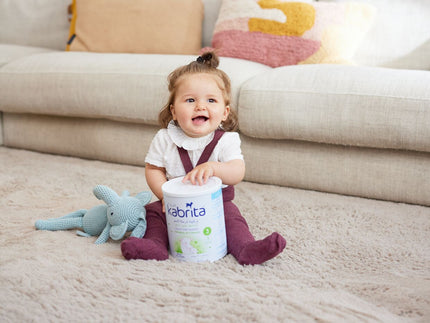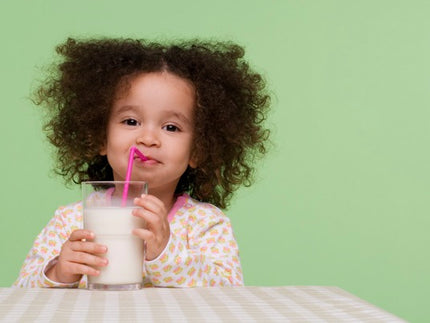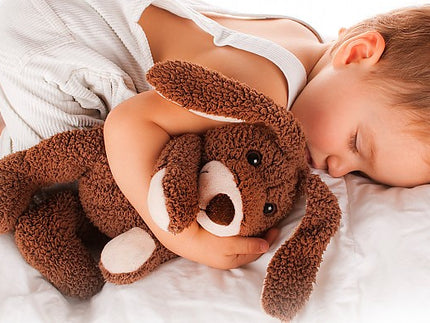Babies suffering from abdominal cramp
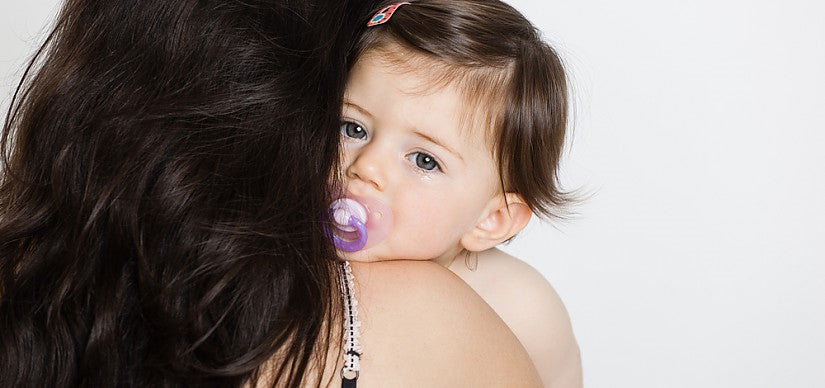
What are cramps and how do they occur?
Just as in adults, abdominal cramp in babies is caused by sudden contractions in the intestines. Usually, a baby who's experiencing cramp will start to cry around 15 minutes to 45 minutes after feeding. They'll often stretch their body or stretch and relax their legs. You can also tell if a baby is suffering abdominal cramp as they'll have a red face and clenched fists.
We don't completely know the origins of abdominal cramps in babies. In general, we assume that it's connected to the intestinal system and growing accumstomed to new types of food. Furthermore, cramps can also have a medical cause in some cases, for example, a diagnosed allergy to cow's milk. A medically confirmed cow's milk allergy is the most common food allergy in infants (between 2% and 5% of babies and young children [1]), if you think your little one may be is allergic to cow's milk, it's always advisable you to consult your family doctor.
When will a baby suffer from cramps?
A baby will often show symptoms at two weeks old. Abdominal cramps usually peak around the sixth week when your baby is often starting to drink more. This means the intestines have to work harder. Cramps can start during breastfeeding and bottle feeding. Every baby will be different in terms of when these craps stop, but in general the (worst) cramps are over when a child reaches four months old. By this time, your baby's bowels have got used to their diet and they have developed a better tolerance.
Relieving abdominal cramp: What can you do?
Fortunately, you don't have to stand idly by when your baby has cramps. Although this is part of a baby's development, there are ways to relieve abdominal cramp. You can start by looking at you baby's diet. Also, the speed you little one drinks can have an affect on the severity of the cramps. A hungry baby often tends to drink too quickly, causing them to swallow too much air. Try to encourage your baby to drink in a calm manner. If you're bottle feeding your baby and they're suffering from cramp, you could try another type of bottle or teat to reduce the amount of air your baby ingests. If this doesn't work, you could talk to your doctor or child health clinic about whether a different type of diet may be better.
In addition to dietary considerations,, you can try various other tactics to reduce your baby's cramp:
Baby massage
Feeling your touch will calm your baby down. Make sure your hands are warm and use a little oil, making clockwise circular movements over your baby's tummy. This is the direction of the flow of the colon. Regular massage can relieve cramps. What's more, it can help to strengthen the mother-baby bond.
'Cycling' with the legs
Another way to release trapped wind is to get your baby to cycle with their legs. Take hold of your little one's legs and make circular movements as though your baby were cycling. This movement helps your baby to release wind and will relieve the worst of the cramp.
Carrying your baby in a sling
A baby with cramps and crying a lot can feel more secure in a sling. By being close to you will help your baby to feel safe. The cramps won't disappear immediately, but your baby will feel more comfortable because you're holding them close to you. A sling is ideal for little ones. The fabric is pleasantly soft and won't irritate the skin. A carry cot is designed for slightly older children.
Laying a warm bottle on a baby's tummy
A warm bottle will feel nice if your baby is experiencing stomach cramp. You can also get special heat pads and hot water bottles for babies; these are safe and easy to heat up, providing the little extra warmth for your little one.
The information in this article has been carefully compiled and is intended to support young parents who are dealing with abdominal cramps in their little ones. Every child is different, which is why we always advise you to contact your family doctor or consultant if the problem is severe and/or persistent. These experts will be familiar with the individual situation regadring your child. Therefore, they're in the ideal position to decide if further investigation is required.
About Kabrita
The Kabrita Goat's Milk Feeding Bottle is a Dutch product and combines mild Dutch goat milk with the latest in nutrition, according to the most recent scientific insights. This leads to a full-fledged bottle formula, providing all the vital nutrients in a mild, gentle solution.
Would you like to keep in touch with the latest Kabrita news? If so, follow us on Facebook.
[1] Pensabene, L.; Salvatore, S.; D’Auria, E.; Parisi, F.; Concolino, D.; Borrelli, O. Cow’s Milk Protein Allergy in Infancy: A Risk Factor for Functional Gastrointestinal Disorders in Children? Nutrients 2018, 10, 1716. [CrossRef] [PubMed]
